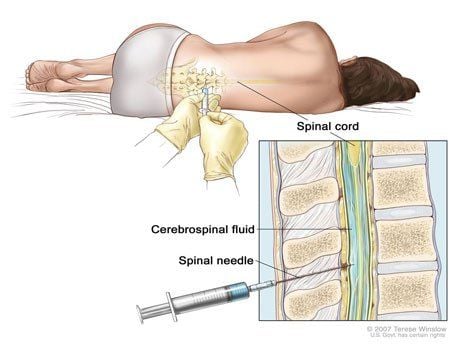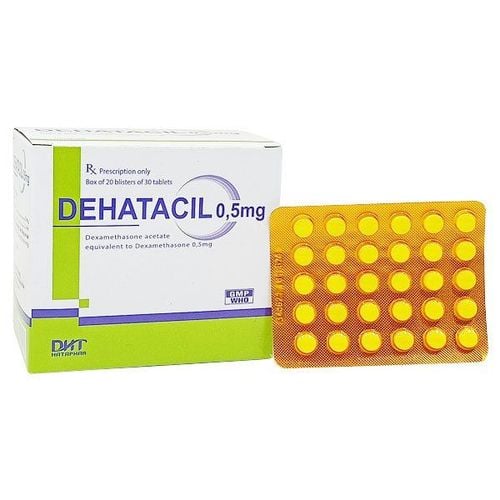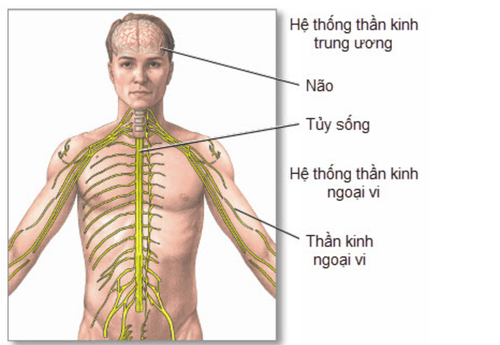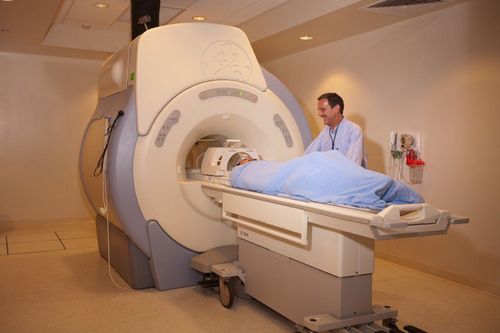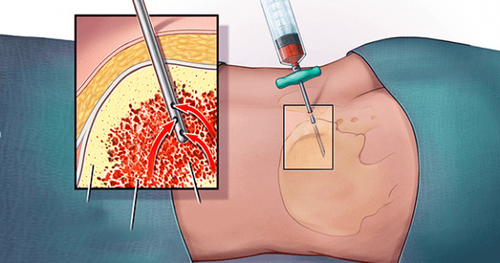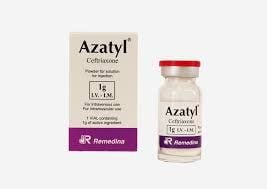This is an automatically translated article.
The article is professionally consulted by Master, Doctor Truong Thanh Tam - Pediatrician - Department of Pediatrics - Neonatology - Vinmec Danang International General Hospital. Dr. Tam has 15 years of experience working in the field of Pediatrics.Lumbar puncture is a technique that uses a needle to directly collect cerebrospinal fluid from the lumbar sac for testing. This method is currently being used to diagnose many diseases in the central nervous system, has many advantages and is relatively safe.
1. What is a lumbar puncture?
Cerebrospinal fluid (CSF) is a clear, colorless body fluid found in the brain and spinal cord. Approximately 125 mL of cerebrospinal fluid is produced at any one time and about 500 mL is produced each day.Cerebrospinal fluid has 3 main functions:
Protects the central nervous system (CNS) against mechanical trauma. Ensures circulation of nerve fluids, hormones, antibodies and white blood cells. Participates in the regulation of pH and electrolytes of the central nervous system. Lumbar puncture is a procedure in which a small needle is used to collect cerebrospinal fluid, which is then tested to determine changes in the cerebrospinal fluid in diseases that affect the central nervous system. such as the severity of the infection, the causative agent and the susceptibility of the organism to the medicinal products...
The needle is properly inserted into the sac of fluid below the spinal column. The lower back is generally considered the safest place to get this fluid to be sent for laboratory testing.
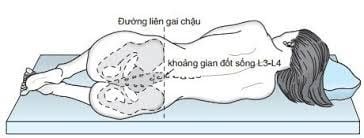
2. Indications Lumbar puncture
When the central nervous system is damaged, the cerebrospinal fluid will have corresponding changes. Therefore, testing of cerebrospinal fluid can help diagnose some neurological diseases such asCentral nervous system infections including meningitis, encephalitis, myelitis, encephalitis... Meningococcal malignancy : Meningeal cancer. Peripheral neuropathy: polyneuritis, multiple sclerosis, spinal cord compression syndrome, benign intracranial hypertension syndrome. Neurological diseases of unknown cause: Convulsions, epilepsy, confusion or loss of consciousness... polyneuropathy, acute and chronic polyradiculopathy and neuropathy. Cerebrovascular accident: In case of suspected subarachnoid hemorrhage with normal computed tomography, a lumbar puncture should be performed to confirm the diagnosis. In addition, CSF is also used to treat: for example, to inject antibiotics, antifungal drugs, anti-cancer drugs, spinal anesthesia or collect cerebrospinal fluid in normal pressure hydrocephalus syndrome.. Another application of this technique is to collect cerebrospinal fluid to monitor the results of treatment as in meningitis.
3. Lumbar puncture procedure
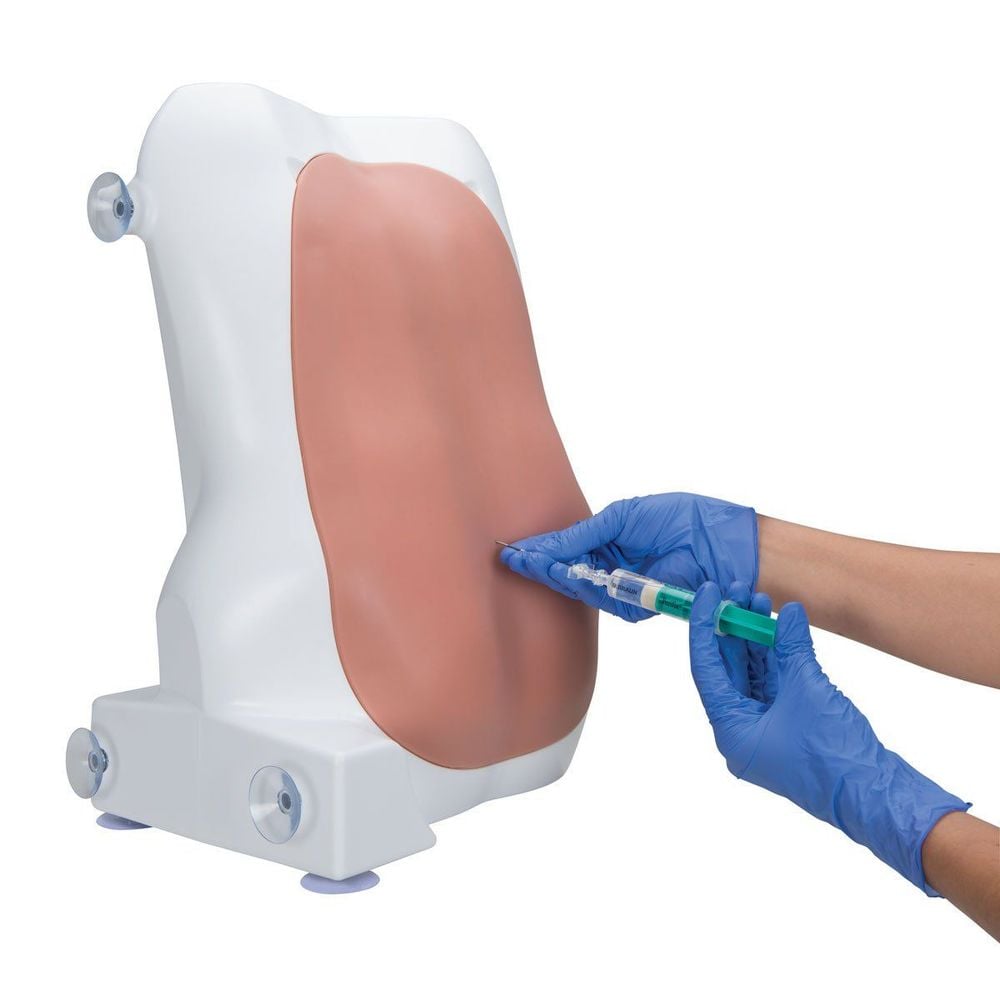
4. Is lumbar puncture painful?
The doctor will use a very small needle to numb the patient's skin first. Usually there is not much pain because a local anesthetic is used. However, this varies from patient to patient. Some patients feel slight pain and pressure when the needle is inserted, with a stinging sensation that lasts for a few seconds.If the patient feels a sharp pain down the leg, it is necessary to tell the doctor immediately. The doctor can modify the position of the needle to make the patient more comfortable.
5. Will lumbar puncture have any effect?
Lumbar puncture is done very often in the emergency department.Facts have proven that these procedures are actually very safe, and essential in the diagnosis and treatment of many diseases.
In most cases, the procedure does not cause problems and does not cause adverse results. The risk of infection from this procedure is also very rare and is greatly reduced because an antiseptic is used to clean the patient's back before the procedure.
Patients may sometimes experience mild lower back pain afterwards (like a bruise), but this usually resolves on its own. Another common side effect that can be experienced is headache. If the patient has a bleeding disorder, there is a risk of bleeding, which can damage nerves and spine. However, this is very rare.
Thus, it can be seen that lumbar puncture is a relatively safe method with few side effects. Moreover, if considered with efficiency, this is the most important method in the diagnosis and monitoring of many neurological diseases, patients can rest assured if the doctor appoints this technique to perform.
Please dial HOTLINE for more information or register for an appointment HERE. Download MyVinmec app to make appointments faster and to manage your bookings easily.





